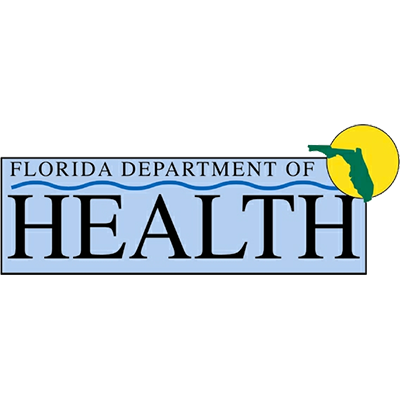The best drug rehab clinics in Florida and around the world are always looking for the best possible practices for helping people with opiate use disorder and substance use disorders in general. Largely, certain restrictions in the United States have divided major treatment options. If you are looking for the best inpatient drug rehabs in Florida, then you would be looking for something like Florida Springs Wellness and Recovery Center. If you believe that methadone or buprenorphine are good options for treating your opiate use disorder, then you are largely looking at another category of treatment entirely. Places like Florida Springs do have medication-assisted treatment, and they use buprenorphine for that program. However, most places that have inpatient facilities do not use methadone at all and many do not use methadone or buprenorphine. Those two drugs are accepted to be useful in medication-assisted treatment for opiate use disorder, but for many years, restrictions have hindered patients looking for decent treatment options. I decided to look at the history of those two medications and to look at the history of medication-assisted treatment. I may need another whole article in order to cover the restrictions placed on suboxone, but I will start with methadone, as methadone has been used for this purpose for much longer, both in the United States and around the world.
Based on the best information I could find, methadone came into use in the mid-1960s in New York, as a possible way to relieve the heroin epidemic that had been taking place after World War 2. Methadone maintenance is considered corrective, but it is not a cure. People who use methadone once a day instead of heroin are free from the need to use every 6-8 hours or so, as methadone is much longer acting than heroin. The fear of overdose is gone because methadone is swallowed in liquid or wafer form rather than injected or snorted like heroin. The person does not suffer from acute withdrawal from heroin when using methadone, and the methadone greatly reduces cravings. There are many other huge benefits of being on a medically supervised daily methadone regimen rather than heroin. There is also a huge amount of restriction on the use of methadone, and we will look at some of the reasons for those restrictions now. The methadone clinic system was developed in New York City. The everyday methadone clinic visit system developed because experts did not think that patients could be trusted. They made them come to get a single dose every day, often waiting in huge lines for hours, because they thought patients would sell their medication if given larger amounts. A study was done to see if patients in New York could be trusted or not. Starting in 1983, many patients were able to get a one-month supply from a doctor, and experts tracked those patients for 15 years. It turns out, patients quitting opiates and going on methadone can generally be trusted. Almost 84% of those New York methadone patients completed the program and had no major issues. The small percentage of patients who failed reported that it was because of crack and crack cocaine that they failed. In other words, data suggests that people who are quitting opiates do not have good reasons or incentives to sell their methadone medication. In New York, during the crack epidemic, crack cocaine was one of the only things that lead to any significant failure rate when treating patients from the comfort of a doctor’s office. Almost nowhere in the U.S. are doctors able to prescribe methadone for this reason, even though the NIH, the National Institutes of Health, has called for major changes to the current system. The study also pointed to stigma, which I have talked about before,
“Stigma concerning enrollment in methadone treatment was a major social issue that patients faced. Many refused to inform employers, members of their families, friends, and other physicians who treated them for a variety of conditions that they were methadone patients. The methadone medical maintenance physician, therefore, functions as a medical ombudsman for the patient, educating other physicians who treat the patient about methadone maintenance and its applicability to the patient. Our results can serve as a model for the expansion of office-based MMM treatment.”
Never in the history of this country have people needed office-based methadone programs more, as Covid-19 shuts down and cripples traditional programs. The opioid epidemic was already going on when Covid-19 began to change the way some people were thinking about treating patients with opiate use disorder, but if changes are not made soon they may never happen. I will revisit this topic tomorrow. As always, if you or a loved one is looking for the best drug rehabs in Florida or in the panhandle region, please visit the programs page for more information.
By T.A. Cannon (Contact me at TACannonWriting@gmail.com)
References
Salsitz EA, Joseph H, Frank B, et al. Methadone medical maintenance (MMM): treating chronic opioid dependence in private medical practice–a summary report (1983-1998). Mt Sinai J Med. 2000;67(5-6):388-397.



